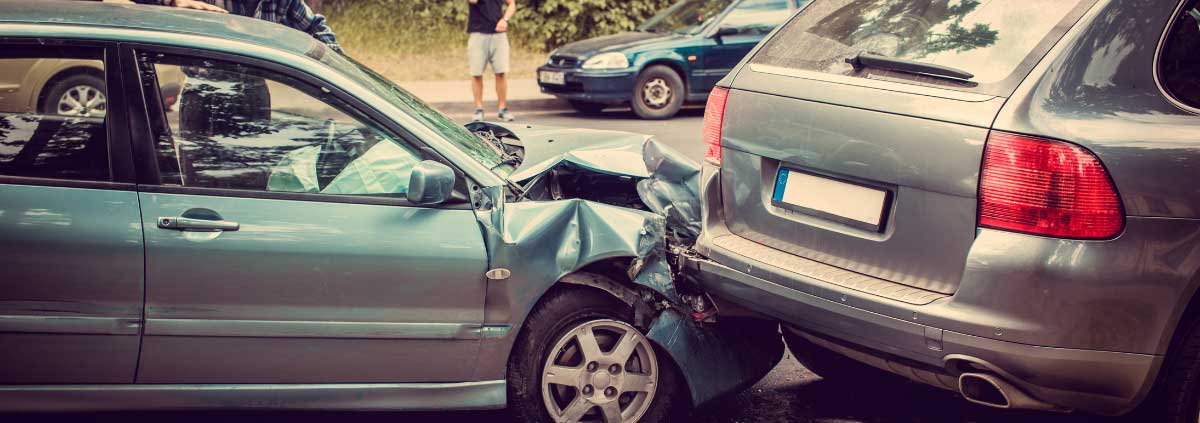
Side-Swipe Collisions
Definition of Side-Swipe Collisions:
A side-swipe collision occurs when the sides of two vehicles come into contact while traveling in the same direction. This type of accident usually happens when one vehicle attempts to change lanes without proper awareness or signaling, leading to a collision with another vehicle in an adjacent lane. Side-swipe collisions can also be referred to as “side-impact collisions,” “side-on collisions,” “sideswipe crashes,” or “lateral collisions.”
Causes of Side-Swipe Collisions:
Several factors contribute to side-swipe collisions, including:
a) Failure to Check Blind Spots: Neglecting to check blind spots before changing lanes can result in unintentional contact with a vehicle in the adjacent lane.
b) Improper Lane Changes: Abrupt lane changes without using turn signals or failing to give other drivers sufficient time and space to react can lead to side-swipe collisions.

c) Distracted Driving: Distractions such as texting, phone calls, eating, or adjusting in-car entertainment systems can prevent drivers from properly monitoring their surroundings, increasing the risk of side-swipe collisions.
d) Inadequate Mirror Usage: Over-reliance on mirrors instead of physically turning the head to check blind spots can lead to misjudgment and side-swipe accidents.
Consequences of Side-Swipe Collisions:
Side-swipe collisions can result in various consequences, including:
a) Loss of Vehicle Control: Side-swipe collisions can cause drivers to lose control of their vehicles, leading to additional accidents or collisions with other objects.
b) Secondary Accidents: Side-swipe collisions can initiate a chain reaction, involving multiple vehicles and exacerbating the overall impact and damage.
c) Property Damage: These accidents often lead to damage to the sides of the vehicles involved, including doors, fenders, and side mirrors.

d) Injury risks: While side-swipe accidents may not always result in severe injuries, there is still a risk of occupant injuries, especially if the collision is forceful or if the vehicles involved are traveling at high speeds. Injuries can include whiplash, contusions, sprains, or even more serious injuries if the collision leads to subsequent accidents.
Preventive Measures:
To prevent side-swipe collisions and promote safe driving practices, we should consider the following preventive measures:
a) Use Turn Signals: Always use your turn signals to indicate your intention to change lanes, allowing other drivers to anticipate your actions.
b) Check Blind Spots: Regularly check your blind spots by physically turning your head and using your mirrors before changing lanes.
c) Avoid Distractions: Minimize distractions while driving, focusing your attention on the road and your surroundings.
d) Maintain Lane Discipline: Stay within your designated lane and avoid unnecessary lane changes unless it is safe and necessary.
e) Communicate with Other Drivers: Utilize hand signals or eye contact to communicate with other drivers, especially in situations where visibility may be limited.
f) Stay Alert and Observant: Continuously scan the road ahead and be aware of the positions and movements of other vehicles, anticipating potential side-swipe risks.
Have You Been Injured in an Automobile Accident?
Contact Us Today for a Free Case Review
For over 35 years, CLG Injury Lawyers have helped thousands of injured clients. We fight for your rights to receive the maximum compensation you deserve. Providing you the Peace of Mind to focus on your Road to Recovery. Our experienced personal injury lawyers offer a free, no obligation case evaluation.
For more articles and safety tips, go to https://clginjurylaw.ca/blog/ or subscribe to our newsletter.
Contact Us Today To Start The process
CLG Injury Law understands that your accident has had negative impacts on your life. Contact us today to get us fighting for you in your corner. Let’s get you back on the road of life.


